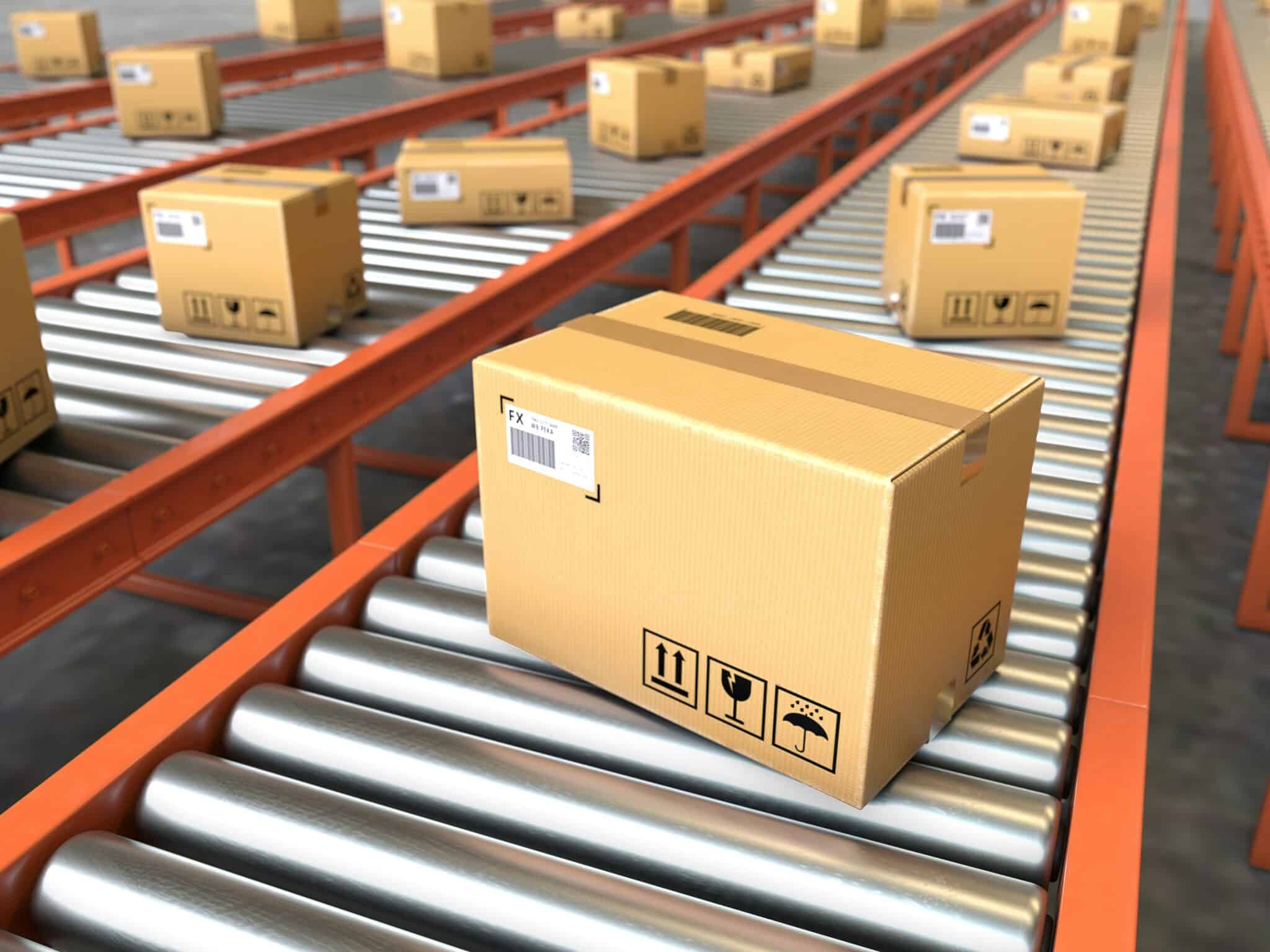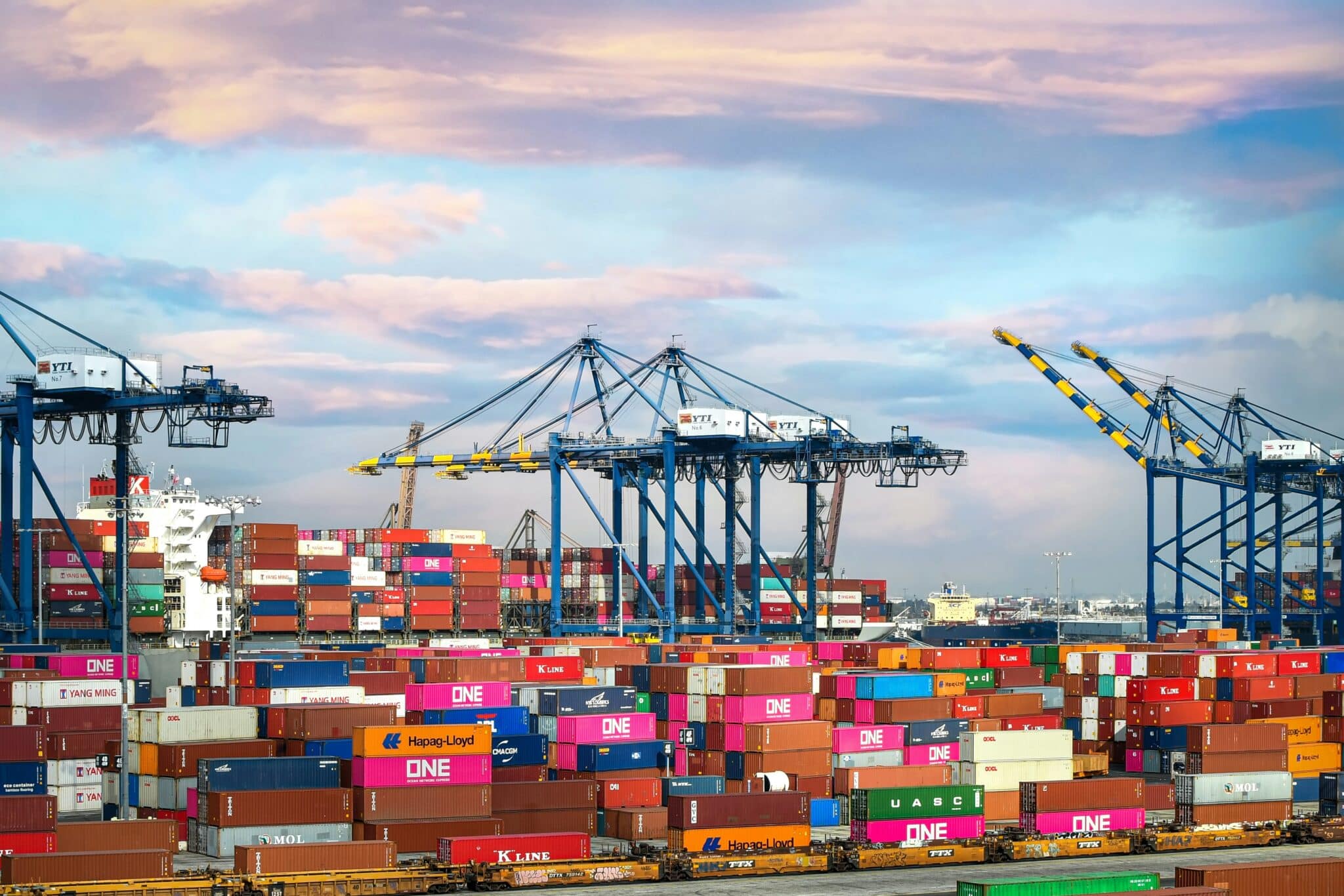Strong management of the complex relationships and moving parts that determine inventory health requires quality information and proactive decision making. We looked previously at the importance of freeing your team from laborious tasks and equipping them with visibility over all elements of the supply chain in an efficient, automated manner. The end goal is a series of relationships driven by people augmented by valuable data.
Having all of the information to hand is only truly beneficial if it is supported by knowledge within your
team. The best insight in the world is useless if people don’t know what to do with it. Your team need to not just know the numbers but also have an understanding of the dynamics behind the complex engine of an efficient supply chain.
Know your products
Each of your products will perform differently and these patterns change over time. It’s imperative to understand where an item is within its own life cycle – is it new and on the up; mature and flying steady; or reaching the end of its time in the market? By developing this level of insight around your stock, your team will be able to start to get a feel for why individual products are behaving as they are. The reasoning behind the information presented in the data will become apparent and from that position inventory management decisions can be driven.
Know your markets/clients
Tools like the AGR supply chain planning software will uncover patterns of demand and apply the appropriate sales forecasting methodology but your team needs to understand the drivers behind those patterns. What is it that makes a particular market or a client’s ordering behaviour different from the norm? What are their plans for the future? How are they performing against their own business goals? Knowing what your markets and clients are doing and why leads to an awareness of client-level trends behind the patterns in your data and provides an additional level of insight to your planning.
Know your suppliers
This level of awareness needs to run the full spectrum of your supply chain and absolutely includes your suppliers. How they are performing can have a knock-on effect on your own service levels and will also impact their ability to give you a better price, so you need to understand the state of play.
- How are they performing against their service levels?
- How is their business doing overall?
- What is their discounting strategy?
- What are the costs associated with shipping?
Having a handle on the realities of your suppliers’ positions and business plans allows you to determine how you can work better together to help them to help you. Without this degree of insight you won’t be able to have any impact on the elements which affect your business.
Know your numbers
It’s essential to have a constant overview of the fundamentals of your supply chain:
- Revenue/profit margin
- Cost to sell
- Cost to carry
- Stock turn at item level
- Pick frequency
A strong knowledge of both your clients and suppliers comes into play here. Demand might be driven by the market but making changes to the way you’re working can create marginal gains by driving changes to some of your other numbers.
If you have a product that’s selling well and you can flex on pricing within your margin – what impact will that have on performance? If a product is starting to flag, how can you pick that up? Can you source it at a better cost to give you more room for manoeuvre with price? These supply chain optimization conversations can only happen if your team is digging into the detail behind the numbers and then applying that knowledge to their existing relationships.
Know the dynamics
Your team have a wealth of skills and knowledge and they need to be combining these with the information at their disposal to get the best out of their inventory. Successfully managing the supply chain to drive profitability involves playing a game of many moving parts. Letting software like AGR manage the dynamics both equips your team with the quality information they need but also gives them back time to manage the business by fostering their relationships and actively applying their knowledge to the situation. You’ll be in a position where you have the ideal combination of the right people in the right places doing the right things at the right times.
Let us show you the impact that the AGR S&OP software can have on the smooth running of your supply chain – get in touch today to see just how much of a difference it could be making to your inventory health.





